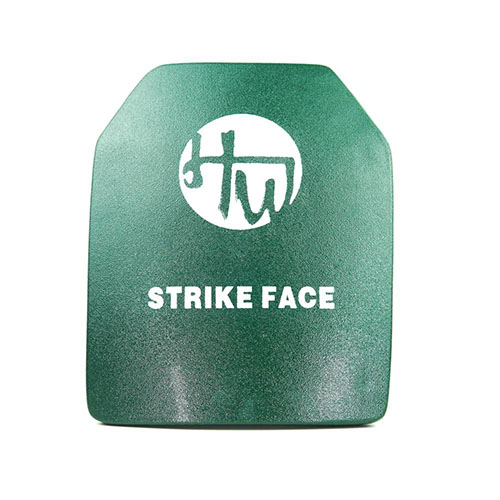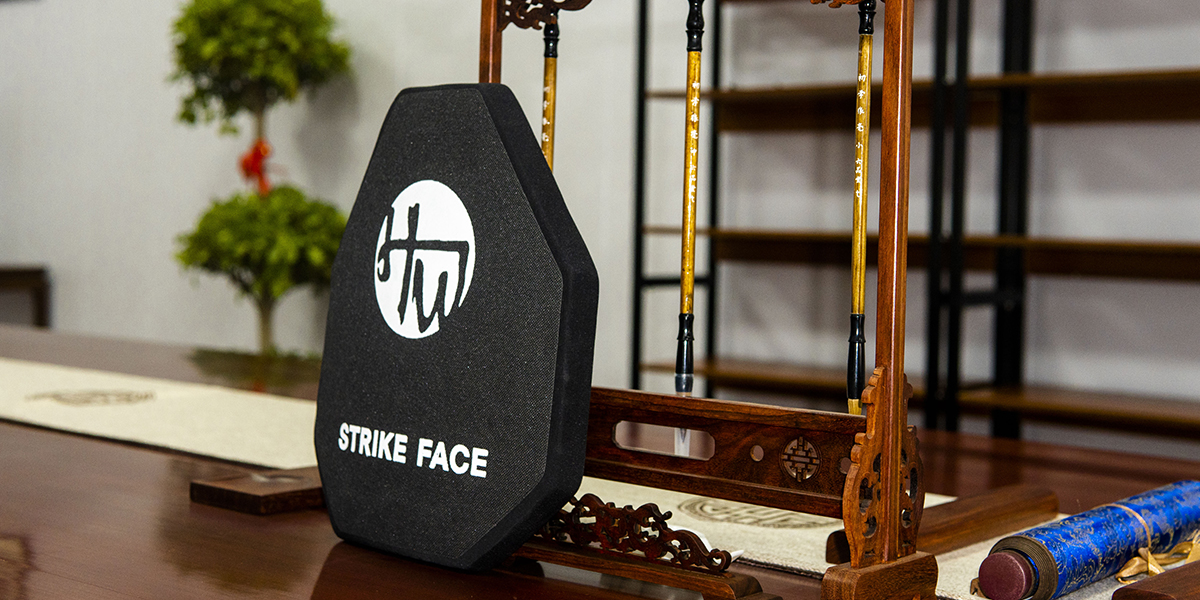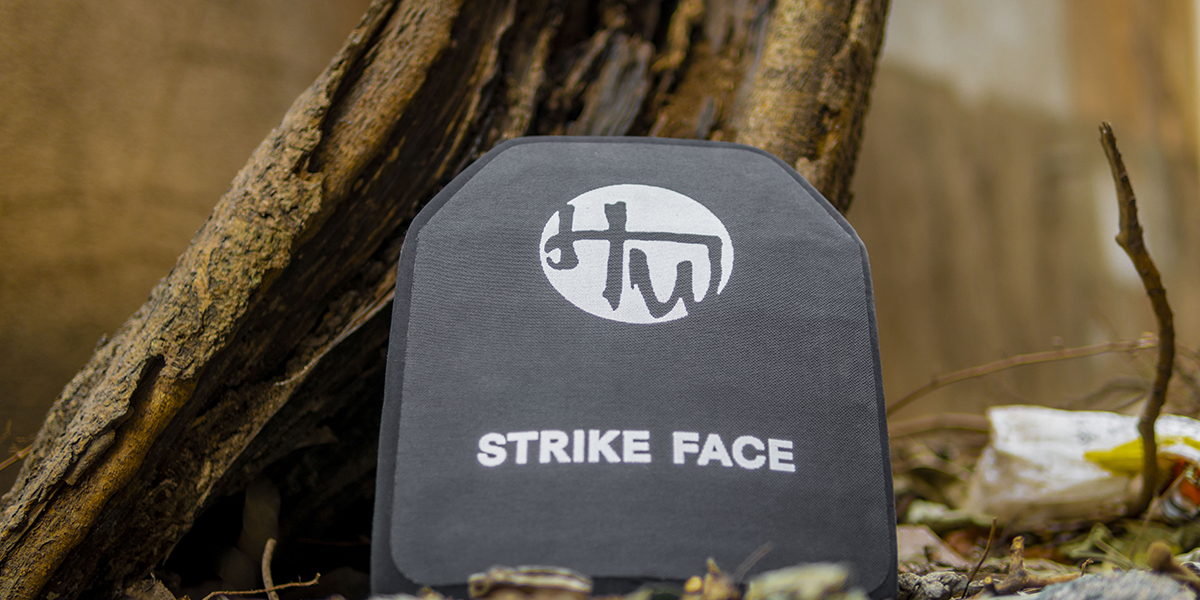Ballistic plates are a modern advancement in protective gear, designed to shield vital organs from high-velocity projectiles. Unlike traditional armor, which is often heavy and cumbersome, ballistic plates offer a balance of protection and mobility. They are a staple for military and law enforcement personnel who require superior defense against ballistic threats.
Traditional armor has been used for centuries to protect warriors in battle, but it lacks the specialized design to effectively stop modern ammunition. Ballistic plates, engineered with advanced materials, provide a level of safety and confidence that traditional armor cannot match, especially in high-risk situations. In this post, we will review how the ballistic plates compare to traditional armor. Let’s continue reading.
What Are Ballistic Plates?
Ballistic plates are advanced inserts designed to provide ballistic protection against a range of ammunition. They are a crucial component of modern body armor systems, including bulletproof vests and plate carriers. These plates are specifically crafted to absorb the impact of bullets and shrapnel, safeguarding the wearer in combat and tactical environments.
Made from materials like ceramic, polyethylene, or steel, ballistic plates are engineered to stop various calibers of gunfire. They are commonly used by police officers, military personnel, and civilians seeking personal protection. Ballistic plates are often rated by the National Institute of Justice (NIJ) to ensure they meet specific safety standards.

Types of Ballistic Plates
Ballistic plates come in several types, each offering a different level of ballistic protection and designed to mitigate blunt force trauma. From the robustness of steel to the lightweight nature of polyethylene, the choice of plate depends on the intended use and the degree of mobility required. Each type has been rigorously tested to meet strict standards of ballistic protection.
Ceramic Plates
Ceramic body armor is renowned for being lighter than steel while providing comparable protection. Ceramic plates are capable of dispersing the energy of incoming rounds, reducing the likelihood of penetration. They are favored for their balance of weight and defensive capability, often chosen by those who require maneuverability along with protection.
Steel Plates
Steel plates are one of the most durable forms of protective gear. Steel body armor can withstand multiple rounds, including armor-piercing rounds, making it an ideal choice for military personnel in active combat zones. While not lighter than steel alternatives, these plates offer a high level of defense, reassuring those in the line of fire that they are well-protected.
Polyethylene Plates
Known for their lightweight and flexible ballistic materials, polyethylene plates provide comfort for the wearer while still offering substantial protection. This material is especially valued in body armor for its ability to absorb and disperse the force of a bullet, significantly reducing the risk of injury in the event of an attack.
Hybrid Plates
Hybrid plates combine the strengths of different materials, such as ceramic or steel, to offer protection that is lighter than steel alone. These plates leverage the benefits of multiple materials to provide a solution that is not only effective against ballistic threats but also easier to wear for extended periods of time.

Ballistic Plate vs. Traditional Armor
Ballistic plates outperform traditional armor by offering enhanced protection for vital organs without sacrificing mobility. They incorporate materials like ceramic and polyethylene, which are engineered to withstand high-velocity rifle fire. Plate armor, including military grade and police officers’ protective gear, is designed to meet NIJ standards, ensuring the highest levels of protection. In contrast, traditional armor lacks the advanced design necessary to counter modern ballistic threats effectively.
Material Composition
Ballistic plates are composed of materials that meet or exceed NIJ standards, especially for levels III and level IV, which are intended to stop high-caliber rounds. These standards ensure that the materials used in ballistic plates can withstand specific threats, providing a reliable measure of protection for users.
The composition of ballistic plates varies, with some made from hardened steel, while others use advanced ceramics or polyethylene fibers. Each material offers unique benefits in terms of protection and weight, and the NIJ standards guide their usage based on the threat level they are certified to defend against.
Weight and Mobility
One of the most significant advantages of ballistic plates over traditional armor is that they are lightweight and flexible. This quality allows for greater mobility on the field, enabling wearers to move more freely and quickly in critical situations. The reduction in weight does not compromise protection but enhances the wearer’s ability to respond to threats effectively.
Manufacturers continuously innovate to produce even more lightweight and flexible designs, prioritizing both the safety and comfort of the user. As a result, ballistic plates are now an indispensable part of modern tactical gear, favored by military and law enforcement personnel worldwide.
Protection Level
Ballistic plates are rated to withstand a variety of threats, from handgun rounds to high-caliber rifle fire. Concealable body armor, such as vests with ballistic panels, offers certified protection against common ballistic threats and is essential for personal safety in scenarios like a school shooting. Backpack armor and bulletproof helmets are also available for additional protection, with some being the highest rated in their class.
Durability and Lifespan
Ballistic plates are designed with durability in mind, built to withstand not just ballistic threats but also the wear and tear of regular use. They are made with robust materials that can endure the rigors of tactical operations, extending their lifespan and ensuring they remain reliable over time. The long-term resilience of ballistic plates makes them a cost-effective solution for those in need of protection.
Cost and Affordability
While ballistic plates may represent a significant initial investment, their extended lifespan and superior protection levels offer long-term cost savings. Compared to the recurring replacement costs associated with less durable forms of armor, ballistic plates provide an affordable option for those seeking reliable protection without the need for frequent upgrades or replacements.
Comfort and Wearability
The modern design of ballistic plates emphasizes not only protection but also comfort and wearability. Lightweight and flexible materials enable the plates to conform to the body, reducing fatigue and allowing for prolonged use in the field. This focus on user comfort has revolutionized the wearability of protective gear, making ballistic plates a preferred choice for those who require both safety and endurance.

Wrap-Up!
As we’ve explored, ballistic plates offer advanced protection that can adapt to the needs of modern threats, from military operations to the duties of security guards. These plates are engineered to protect the wearer using a variety of materials, each with their own benefits in terms of weight, cost, and level of protection. For instance, para-aramid fiber, known for its high strength and lightweight properties, is often employed in personal armor systems, including vests that meet NIJ Level IIIA standards, providing robust defense against high-velocity handgun rounds.
